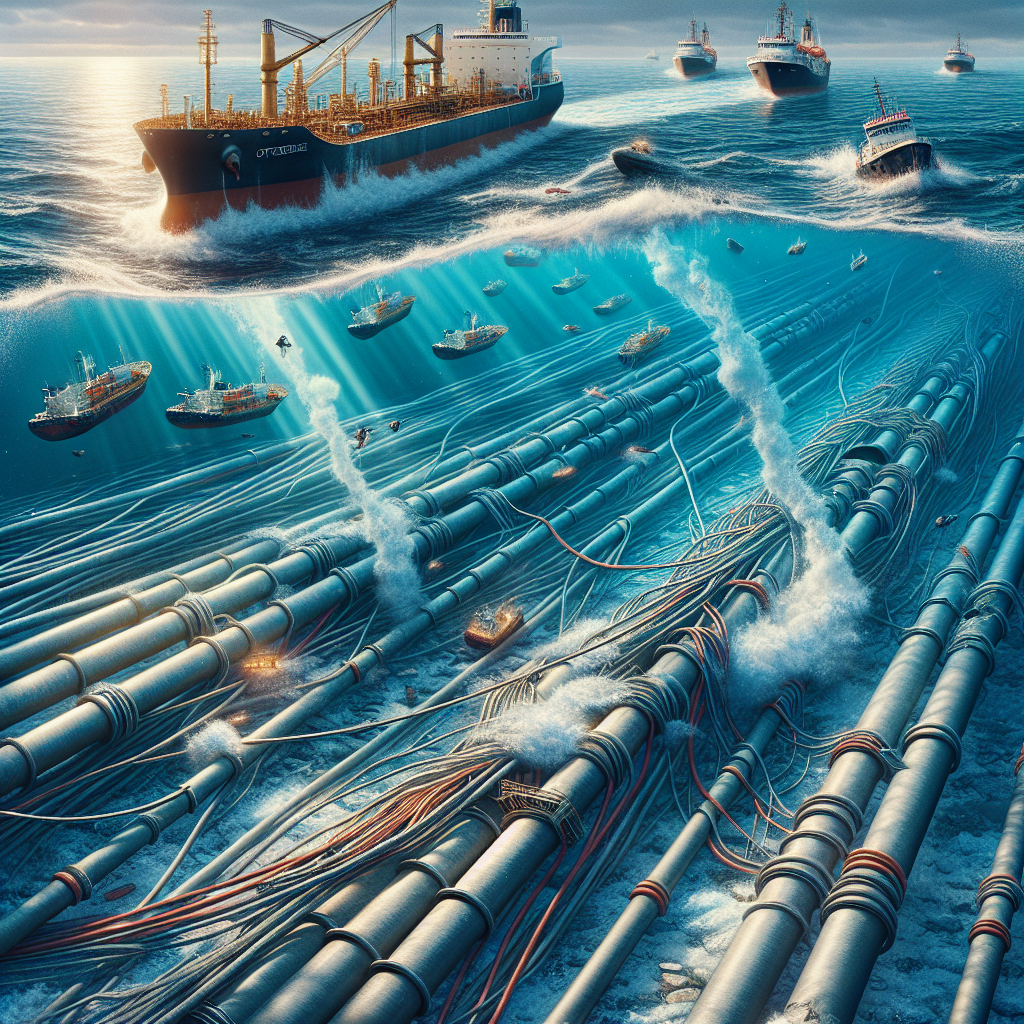Following the Russian invasion of Ukraine, a series of incidents involving the destruction of power cables, communication cables, and natural gas pipelines have occurred in the Baltic Sea. Furthermore, Taiwan’s underwater international cables have also been damaged multiple times by Chinese cargo ships. In order to safeguard critical infrastructure such as underwater cables, unmanned submarines have gained attention from NATO.
NATO has initiated an operation called “Baltic Sentinel,” where NATO member countries will deploy escort ships, patrol aircraft, and maritime drones in the Baltic Sea to prevent similar acts of sabotage in the future. To strengthen their response to hybrid threats in the Baltic Sea, the German Navy is currently testing a new unmanned submarine called the Blue Whale, manufactured by the Israeli aerospace industry subsidiary, Elta Systems.
Unmanned reconnaissance capabilities enable long-term monitoring of both land and sea areas, offering the advantage of cost-effective surveillance over large areas. Unmanned surface vessels possess benefits such as autonomous navigation, rapid deployment, and reduced manpower costs. The United States has been at the forefront of researching and utilizing unmanned surface and underwater vessels. The U.S. Navy plans to commission 26 unmanned vessels by 2026, with more than half of them being large unmanned vessels.
While the U.S. military is advancing unmanned surface vessels, it is also vigorously developing unmanned submarines. In December 2023, Boeing delivered the first Orcas, large underwater unmanned vehicles, to the U.S. military. By 2024, all six Orcas ordered by the U.S. Navy had been delivered.
Another massive underwater unmanned vehicle that stands out alongside the Orcas is the Manta Ray, a prototype submarine built by Northrop Grumman for the U.S. military.
In April 2024, Australia’s first independently developed large underwater unmanned vehicle, the prototype of the Ghost Shark, was completed a year ahead of schedule and delivered to the Australian military. Two more prototypes are set to be delivered by June 2025. The rapid development from concept to realization of the Ghost Shark in less than three years demonstrates Australia’s prioritization of underwater unmanned vehicles.
The article also includes links for more information:
【Mark Space】Clean World Channel:
https://www.ganjingworld.com/s/QbjYDNxOJB
【Mark Space】Facebook Fan Page:
https://www.facebook.com/Mark-Space
【Mark Space】Instagram:
https://www.instagram.com/markspace5/
【Mark Space】Twitter Platform:
https://twitter.com/Mark__Space

